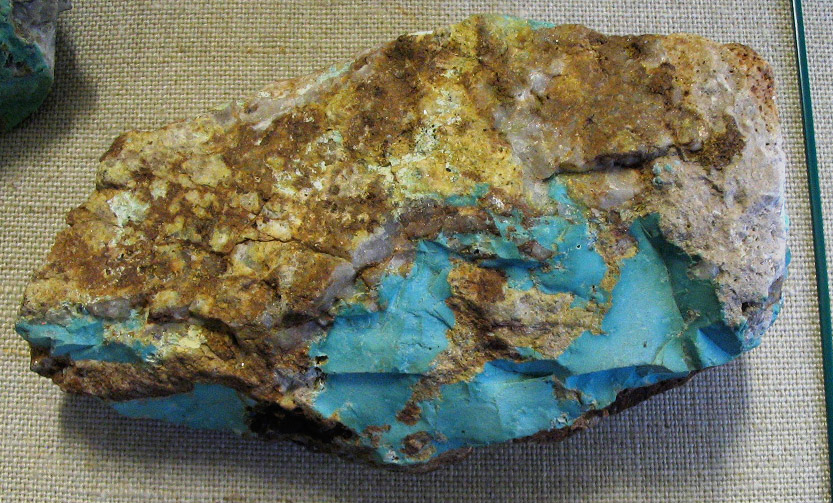The process of turquoise mining in Arizona has changed dramatically since prehistoric Native American tribes first began collecting the stone.

The Navajo tribe was responsible for some of the earliest-known turquoise mining in what is now known as North America. They used hot coals to heat boulders containing turquoise before splashing them with cold water. The sudden temperature change would cause the stone to fracture, exposing the prized turquoise underneath.
Today, turquoise mining in Arizona is much different, with heavy machinery and explosives being used to extract more turquoise faster. Sleeping Beauty turquoise is widely available, yet still considered to be among the most high quality varieties.
The Globe, Arizona mine is one of the only mines in the Southwest extracting enough turquoise to meet commercial demand.
Crews start by using explosives to blast away the overburden – a layer of rock and gravel containing no turquoise. The overburden is then hauled off and workers begin extracting turquoise.
At the Sleeping Beauty mine, large pieces of turquoise are picked by hand and sent to the “pickers” who chip, grade and size the rough turquoise stones. The smaller stones are sorted using machinery that separates the turquoise from the waste material.
The stones are then run through a conveyer belt and hand picked by workers who must maintain a keen eye in order to snatch up the turquoise as it passes by quickly on the belt.
After all the stones are chipped, sorted and graded, they are either stabilized or shipped straight to jewelers and dealers directly. Because not all stones are hard enough to be used in jewelry straight out of the ground, stabilization is a common practice.
Stabilized stones are impregnated with acrylic to help maintain color, hardness and durability. Stones that are hard enough to be cut, polished and used in jewelry straight from the ground are the most valuable and highly prized by collectors.
Turquoise mining in Arizona has come a long way, but the end result hasn’t changed much at all over the years: beautiful jewelry and ornamental art.
